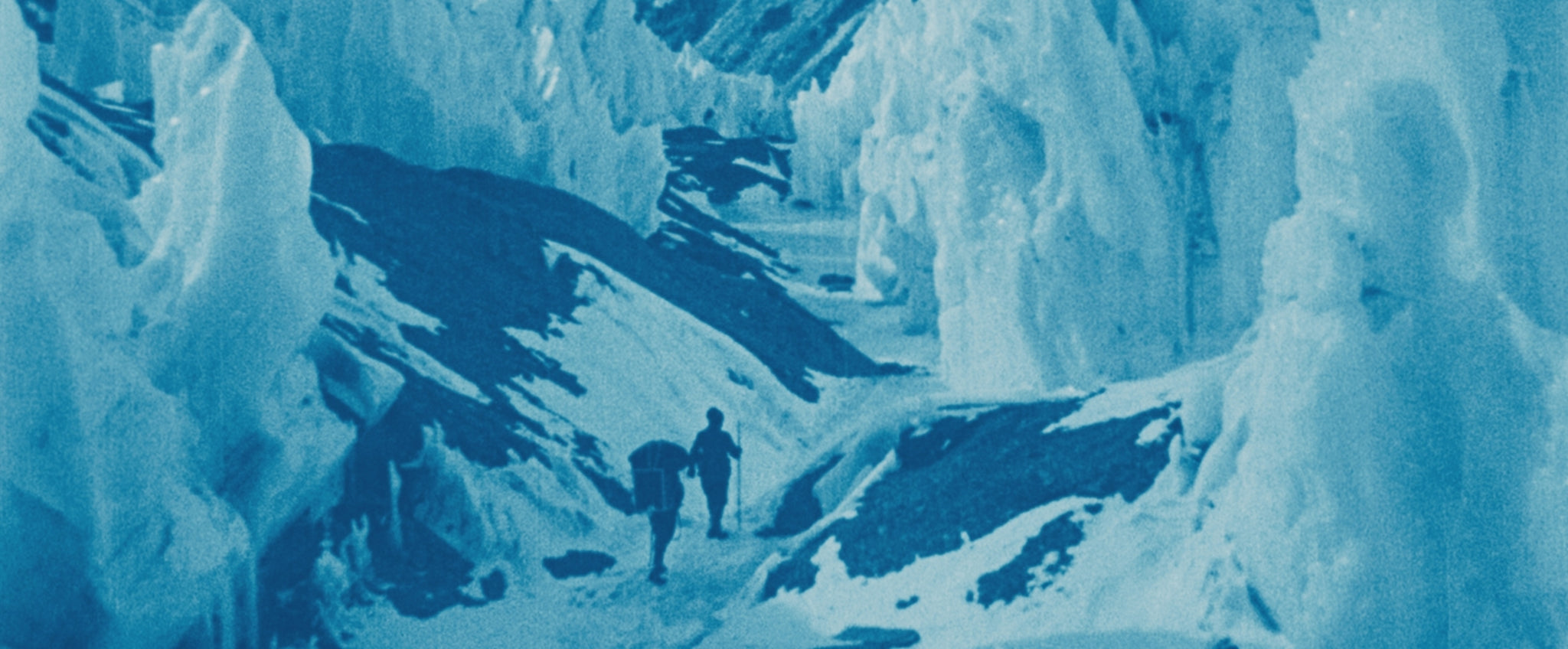Trajal Harrell, A Way of Moving
In a career spanning almost 30 years, American dancer-choreographer Trajal Harrell has created a body of work borne of a rich imagination and an enquiring mind.
Continue Reading
World-class review of ballet and dance.
In 1924, Captain John Noel, with the aid of his hand-cranked camera (and steel nerves, I wager) captured footage of George Mallory and Andrew Irvine’s infamous attempt to climb Everest in all its beauty and brutality. The footage, recently restored by the British Film Institute National Archive in The Epic of Everest: The official record of Mallory and Irvine’s 1924 expedition (with a score composed, orchestrated and conducted by Simon Fisher Turner), saddles a backpack to the shoulder of the viewer even by today’s standards, and leaves me in little doubt as to the majesty of such an environment. Alongside the earliest film records of Tibetan life, the harsh landscape presented is one part awe-inspiring beauty to one part endurance test, and it is this punishing survival element that links an expedition with Chloe Chignell and Timothy Walsh’s new work “Post Phase: The Summit is Blue.” The landscape traversed in both film and dance is one that covers vulnerability and exhaustion, against a backcloth of extreme conditions.
Performance
Place
Words

Still from The Epic of Everest: The official record of Mallory and Irvine’s 1924 expedition, film by Captain John Noel, 1924


“Uncommonly intelligent, substantial coverage.”
Your weekly source for world-class dance reviews, interviews, articles, and more.
Already a paid subscriber? Login
In a career spanning almost 30 years, American dancer-choreographer Trajal Harrell has created a body of work borne of a rich imagination and an enquiring mind.
Continue ReadingCo. Un Yamada, a dance company and creative collective established in Tokyo in 2002, returned to the New National Theatre Tokyo last week to reprise their popular family-friendly production from 2021, “Obachetta.”
Continue ReadingVous les voyez, les étoiles dans la salle?” the woman next to me whispered as the lights dimmed. And indeed, the stalls glittered with former stars of the Paris Opéra Ballet— dancers I recognised, visibly moved and deep in conversation during the interval.
Continue ReadingThere is probably no more beloved ballet, by audiences and dancers alike, than “Romeo and Juliet.”
Continue Reading
comments